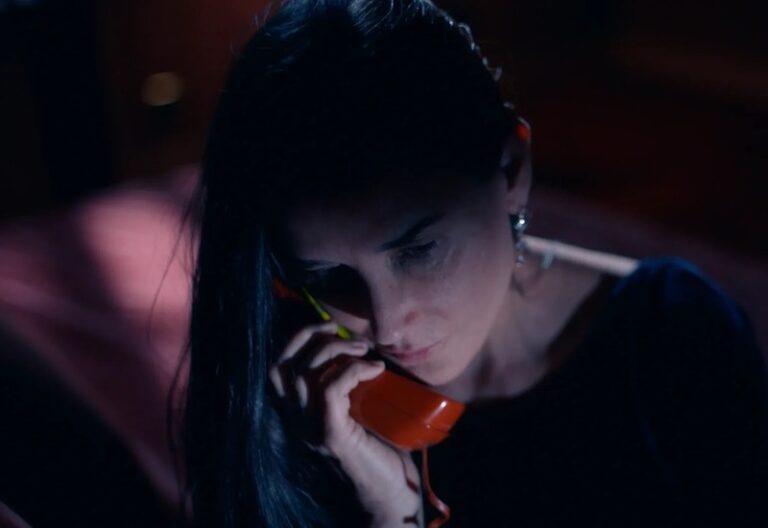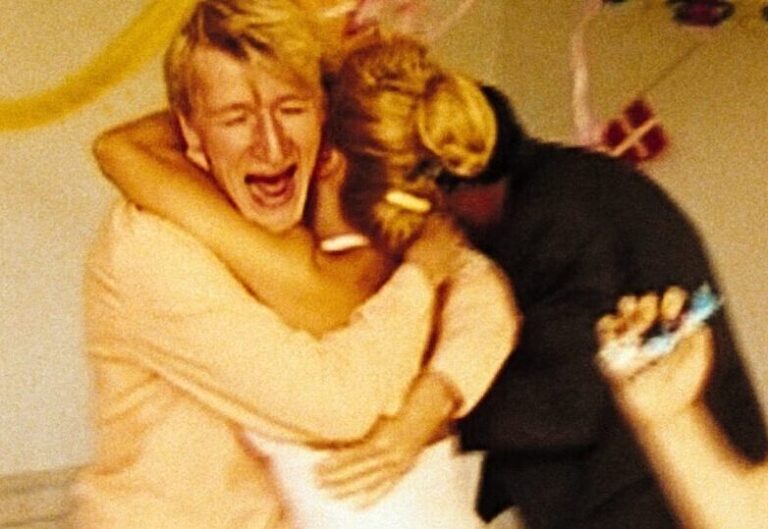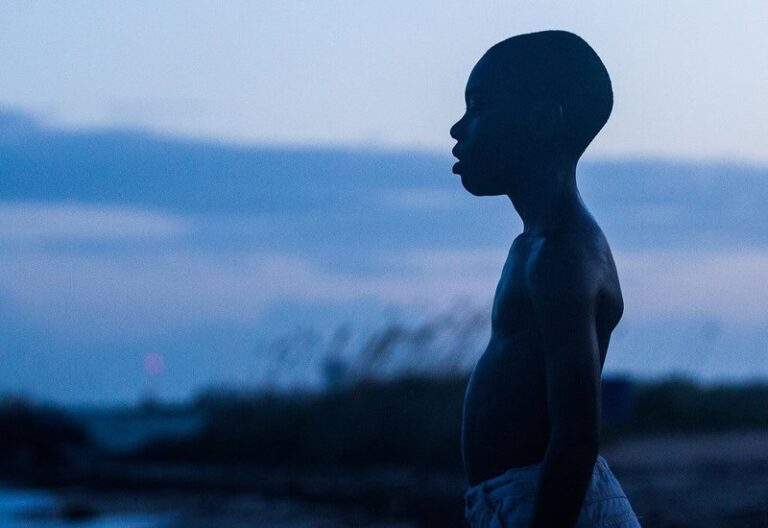the beast review
film by Bertrand Bonello (2023)
A cautionary and beguiling vision of a placid future of clinical order where humanity’s voyage is confronted with its limitations. Inspired by Henry James’ novella The Beast and the Jungle, director Bertrand Bonello loosely reworks the pages of James’ story, deriving something far more reflective of our modern age.
Review by: Aaron Jones | Filed Under: Film Reviews
January 18, 2025
Centered on an ill-fated and star-crossed love that transpires through the ellipsis of time, the film spans over a century revolving around three specific time periods (1910, 2014 and 2044), each carrying its own commentary unique to that era, exploring the undulating and repetitious echoes of humanity that transcend time and space.
The film is rooted in its futuristic setting of 2044, steeped in banal minimalist landscapes eerily unoccupied where nature and urban sprawls are slowly becoming entangled, Bonello summons an enigmatic dystopian future where AI holds dominion over human progress.
Emotions are seen as a hindrance within the workforce due to their unpredictability, leading people to go through a process that purges their DNA of its historical fingerprint by reliving their past lives to remove their emotional residue and become better suited for their digital ecosystem.
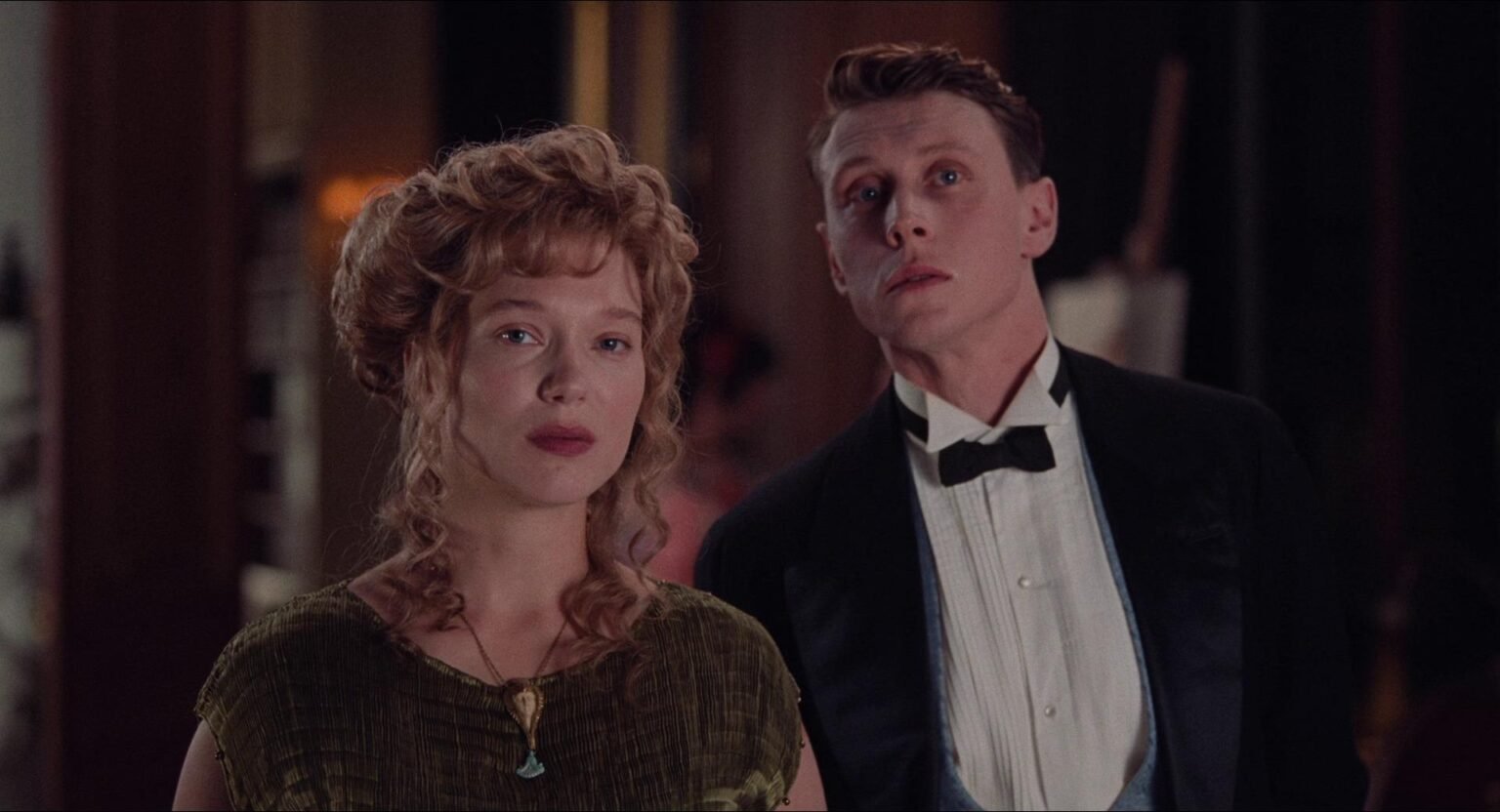
1910, Gabrielle (Lea Seydoux), an alluring and celebrated pianist, and Louis (Geroge MacKay), both members of high society who recall meeting previously as Gabrielle is reminded of a previous confession, a consuming obsession of a malignant beast of her own imagining (an amalgamation of our fears tallied into quite a list by Bonello) which consumes her with premonitions of impending doom that continues to haunt her.
Inhibited by melancholy and passion, they begin an affair that triggers the film’s overlapping timelines of fate and consequence that abandons a linear cinematic trajectory through a wildly experimental and ambitious cacophony of human emotions and technology through cryptic symbolism of past, present, and future. Traversing its chaotic sequential order, it leapfrogs through time, revealing a past that shows those who have forgotten their fears in the promise of love to a present and future consumed by it.
With such a varying canvas, The Beast owes much of its success to the actors’ range and talents through multiple characters, each densely packed with their personifications and varying authenticities as manifestations of the time they represent. Creating a seamless thread between time periods and language as the characters they embody resemble residents of those eras by cultivating the dynamics of their own craft.
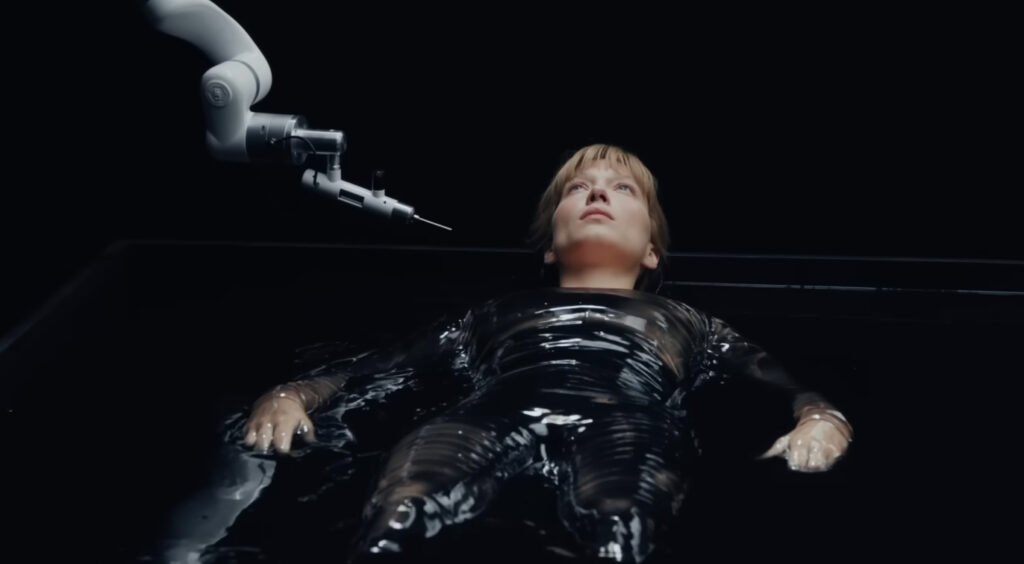
It is a perplexing and evocative work on our symptomatic predisposition to self-destruction that foretells our potential demise through social disorders associated with modern phenomena and is seemingly inspired by the current events and fervent tide in which we are systematically caught up, including the reigns of power, cult of personality and ever virulent expanse of superfluous choices.
Expanding upon our human collective values and our allegiance to wealth, power, celebrity, identity, beauty, and exclusivity over a fading discourse and agreed-upon realities that, without them, can erode our chances of much-needed global solidarity. Where technology excels, but the quality of life, economic security, and social position fade in a gradient of doldrum misery, misplaced aggressions, and assembly line realities fraught with growing angst from loss of entitlement and pervasive loneliness that thrives in the social disparity that has sacrificed intimacy and reason for compulsory distractions and extremism.
Bonello and Gabrielle feel like kindred spirits as he ushers in her internalized fearful premonitions into the thematic fabric of the film and causes alarm as AI becomes increasingly more pervasive in our lives; it simultaneously reflects that within the film and questions our trajectory as a species. What happens to the human condition when we expunge emotion and risk from our lives? Cautiously suggesting the danger in writing our future, one that comes with consequences we cannot fully comprehend, as the future sequences show our historical pursuit of risk aversion has limited our autonomy at the hands of AI. Where removing emotions shields us from future pain at the risk of our agency, illustrating a species that once valued our souls, which we are now sacrificing at the altar of capitalism.
It realizes our anxieties brought on by the intrusiveness of the digital age through its earnest 2014 timeline, where we forsake our own emotions for security. Recreating the hysteria of daily life, denying ourselves the privileges of community and primal happiness derived from the social beings we are that thrive from peer-to-peer assembly. Reflecting on our social collectivism, which has been replaced by individualism and alienation, we are imprisoned by our anxieties and our exceedingly growing fear of intimacy, frequently spending more time responding to the digital world than the physical one.
Prompting a closer look at the dominant roles throughout history and the repressive societies and behaviors we have insulated ourselves within, it closely examines the aforementioned fear of intimacy through the dolls that represent our future selves. The doll factory where the lifelike dolls are assembled punctuates our stirring desires to manufacture ourselves in their neutral, ready-to-please convenience without the hindrance of emotions, just as AI has ironically imposed on our future selves, conceding our very souls with the opening and closing of our eyes as a transference of agency.
The Beast is a harbinger of caution as humanity inches closer to its oblivion using both main characters to symbolize our capitulation and increasingly disillusioned worldview, which has left us as a more detached species than ever. As we put more reliance and assurances in our technologies for our happiness, it makes some explicit statements on how we have relinquished control and are now guided by our own creations, all with the power to govern us as a means to enhance itself, which we as a society have become dependent on. Forfeiting our destinies for compatibility, convenience, and leisure.

Author
Reviewed by Aaron Jones. Based in California, he developed a passion for film from a young age and has since viewed over 10,000 films. His appreciation for the medium led him to film criticism, where he now writes for CinemaWaves, offering analysis of both contemporary releases and timeless classics. In addition to his work here, he has contributed to other publications as well. Feel free to follow him on Instagram and Letterboxd.
In 1943, Rudolf Hoss, commandant of the Auschwitz concentration camp, lives with his wife Hedwig and their five children in an idyllic home next to the camp. Hoss takes…
A fading celebrity decides to use a black market drug, a cell-replicating substance that temporarily creates a younger, better version of herself. The Substance was…
With his first Dogme 95 film director Lars von Trier opens up a completely new film platform. With a mix of home-video and documentary styles the film tells a story…
Independent film, often called indie film, is produced outside the major studio system. Its roots can be traced back to the early 20th century, when filmmakers began seeking…
Arthouse film refers to a category of cinema known for its artistic and experimental nature, usually produced outside the major film studio system. These films prioritize artistic…
Body horror is a unique subgenre of horror films that push the limits of physical and psychological discomfort by focusing on the human body’s transformation…


